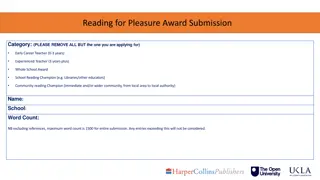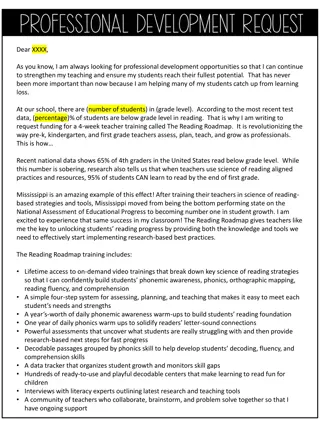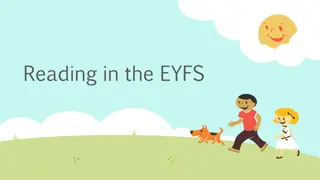
Fascinating Insights on Trees, Vikings, and Nutrition
Discover how trees communicate with each other, the intriguing history of Greenland and Iceland named by Vikings, and the importance of considering nutritional value beyond just calorie count for healthier eating habits.
Download Presentation

Please find below an Image/Link to download the presentation.
The content on the website is provided AS IS for your information and personal use only. It may not be sold, licensed, or shared on other websites without obtaining consent from the author. If you encounter any issues during the download, it is possible that the publisher has removed the file from their server.
You are allowed to download the files provided on this website for personal or commercial use, subject to the condition that they are used lawfully. All files are the property of their respective owners.
The content on the website is provided AS IS for your information and personal use only. It may not be sold, licensed, or shared on other websites without obtaining consent from the author.
E N D
Presentation Transcript
04 / p.20 Reader s Bank Level 7 Can you imagine a tree that talks? Of course, no tree has lips or says words. Strange as it may sound, some trees do manage to communicate. For instance, a willow tree sends out a special smell when it is attacked by insects. Then, other willow trees in the area catch this smell. Knowing that harmful insects are nearby, they quickly make a certain chemical in their leaves. This chemical drives the insects away from the willow trees. In the same way, poplars send out a warning smell to their fellow trees when they are invaded by caterpillars. Then, the trees that receive the signal give out disgusting chemicals to drive away the insects. So for some trees, their smell acts as a good means of as (B) against their enemies. (A) as well
05 _1 / p.22 Reader s Bank Level 7 When you think of the country Iceland, you probably imagine a very cold place covered with ice. (A) He then went sailing and discovered a terrible place covered with ice. But he wanted to attract people to the place, so he named it Greenland! His trick worked well, and lots of Vikings moved to Greenland. (B) Greenland, on the other hand, makes you think of a land covered with plants. Most of Greenland, however, is covered with ice. It was named by Erik the Red, another Viking. After he killed someone on Iceland, he was kicked off the island.
05 _2 / p.22 Reader s Bank Level 7 (C) But this is not true. Although Iceland is located quite far north, it is warmed by the Gulf Stream and its natural hot springs. Only 11% of Iceland is covered with ice, and it is mostly green in the summer. So why is it called Iceland? A Viking explorer who didn t like the island called it Iceland as an insult to the place.
06 , _1 / p.24 Reader s Bank Level 7 Are two foods with the same number of calories equally nutritious? The answer is no. Let s consider a sweet potato and a soft drink. What s the difference between 100 calories of a sweet potato and 100 calories of a cola? Sweet potatoes provide our body with valuable nutrients such as carbohydrates and proteins, as well as a number of vitamins and minerals. So if you consume 100 calories of a sweet potato, they will mostly be burned as your body takes in the nutrients. it s just sugar. Moreover, if you consume too much sugar at once, your body cannot process it quickly. So if you consume 100 calories of a cola, your body is likely to store most of the sugar in its liver as fat. , a cola has almost no nutrients;
06 , _2 / p.24 Reader s Bank Level 7 The bottom line is that you should not make decisions about what to eat based on the number of calories alone. It s important to be aware of not only how many calories you re taking in each day, but also how they affect your body. Knowing the nutritional value of your food will help you make smarter food choices.






















